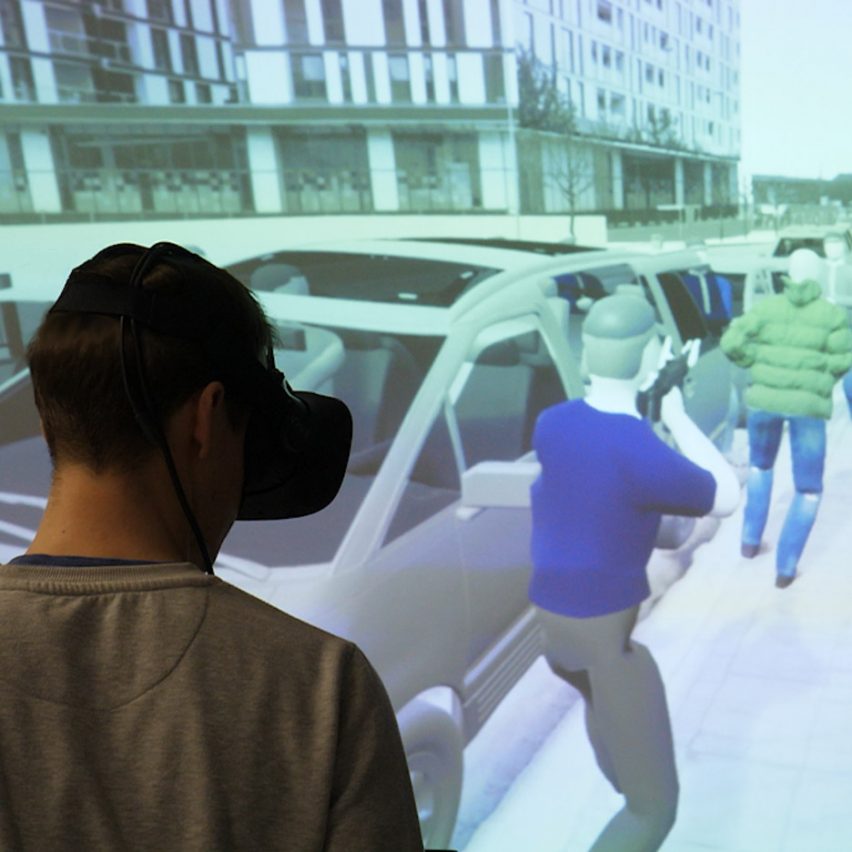
Research agency Forensic Architecture has recreated the 2011 killing of Mark Duggan, using virtual reality to show he "could not have been holding a firearm" when shot by police.
The investigative agency reconstructed the scene of the controversial killing in Tottenham, north London, to test whether the veracity of the official verdict that the 29-year-old was armed when killed by undercover police officers.
The report, created using virtual reality to reconstruct the scene, concludes that it would have been physically impossible for Duggan to have thrown the gun onto a patch of grass seven metres away, as police claim.
Forensic Architecture (FA), which is based at Goldsmiths, University of London, also identified blind spots in a witness video used as evidence that the police could not have planted the gun in the grass.
Duggan killing sparked London riots
Duggan was shot dead by police in Tottenham, London, on 4 August 2011 by undercover officers from the Metropolitan Police, after they forced a minicab he was travelling in to pull over.
He had been targeted by Operation Trident, a controversial police unit that targeted gun crime in the black community. Duggan's family, who are of mixed Irish and Afro-Caribbean heritage, protested his killing – the latest of a series of deaths at the hands of the police in Tottenham. In the following days, Duggan's death sparked civil unrest across the city.
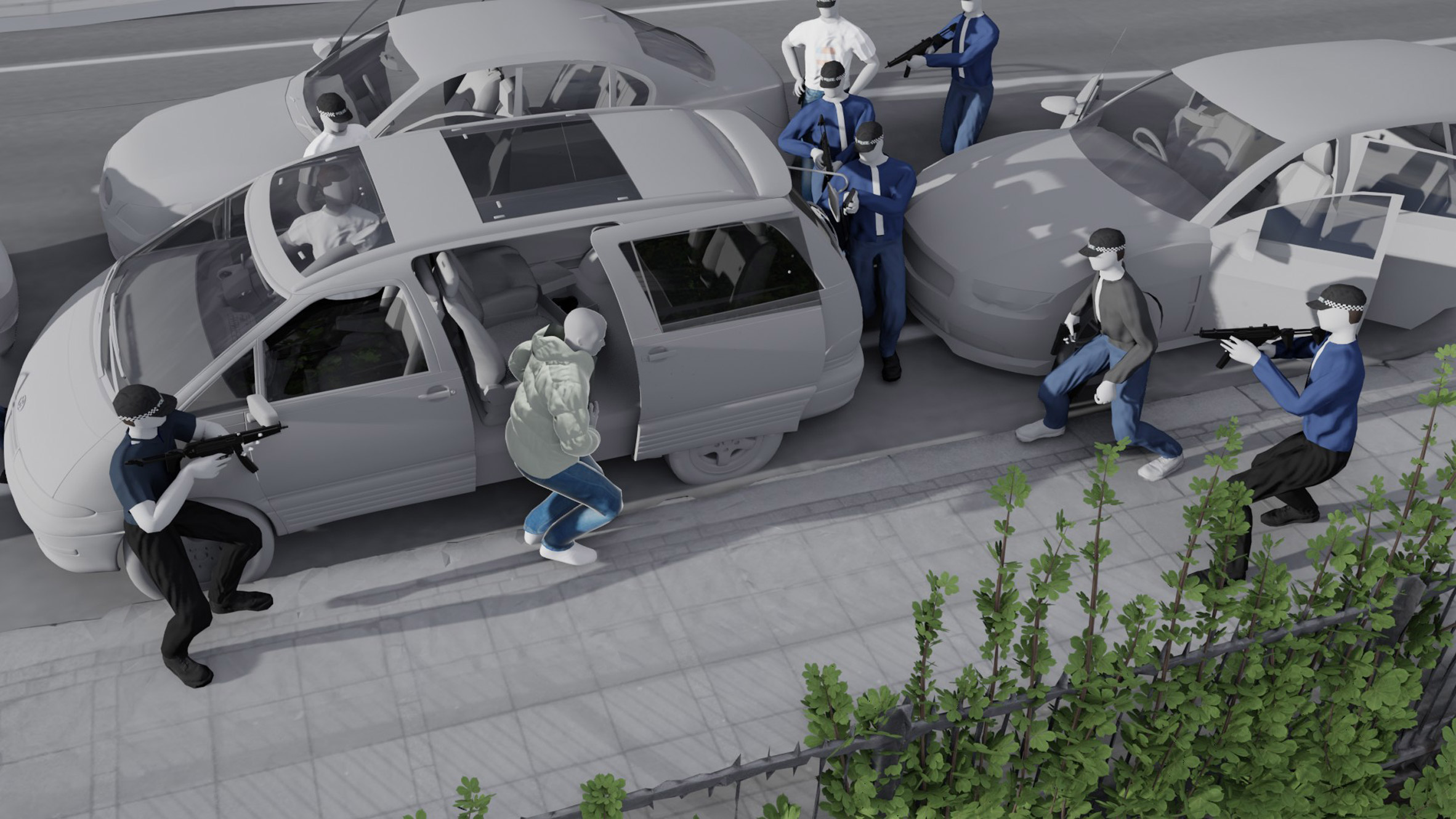
After his death, a handgun wrapped in a sock was found in a grassy area seven metres away from Duggan's body. However, no DNA evidence was ever found on the gun to connect it to Duggan.
The fatal shooting was investigated, with an inquest into his death in late 2013 ruling that he was lawfully killed. An Independent Police Complaints Commission (IPCC) also concluded in 2014 that Duggan was holding the gun and was in the process of throwing it away when he was shot coming out of a minicab.
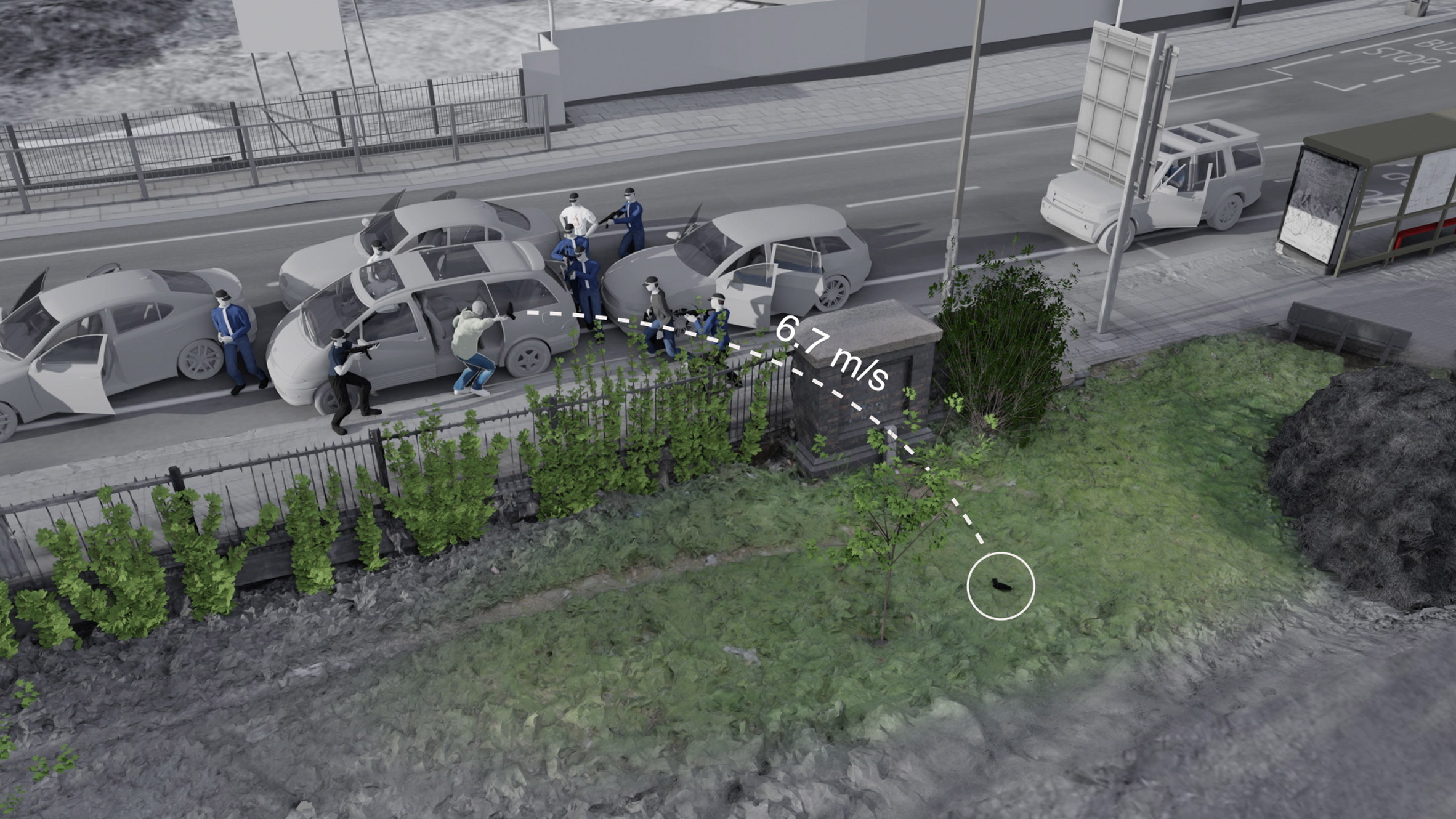
FA was commissioned by the Duggan family's lawyers to help investigate the killing as part of a civil case for damages against the police force. Before the trial began his family reached an out-of-court settlement and now Turner Prize-shortlisted research group Forensic Architecture has released its video report.
Reconstruction used to test scenarios
Using an animated virtual reality (VR) environment to reconstruct the scene of the shooting, Forensic Architecture claims to prove that Duggan could not have physically been holding the gun when he was shot by the police.
FA has released a video version of the report
FA combined video, photographs and hand-drawn plans of the scene to reconstruct the time and space of the shooting in VR.
Integrating witness testimony and expert reports, Forensic Architecture modelled the events of 4 August to check the perspectives of the police officers who shot Duggan.
The model was used to test scenarios to try and find the ways Duggan could have held the gun and thrown it that distance right before, or during, the shooting.
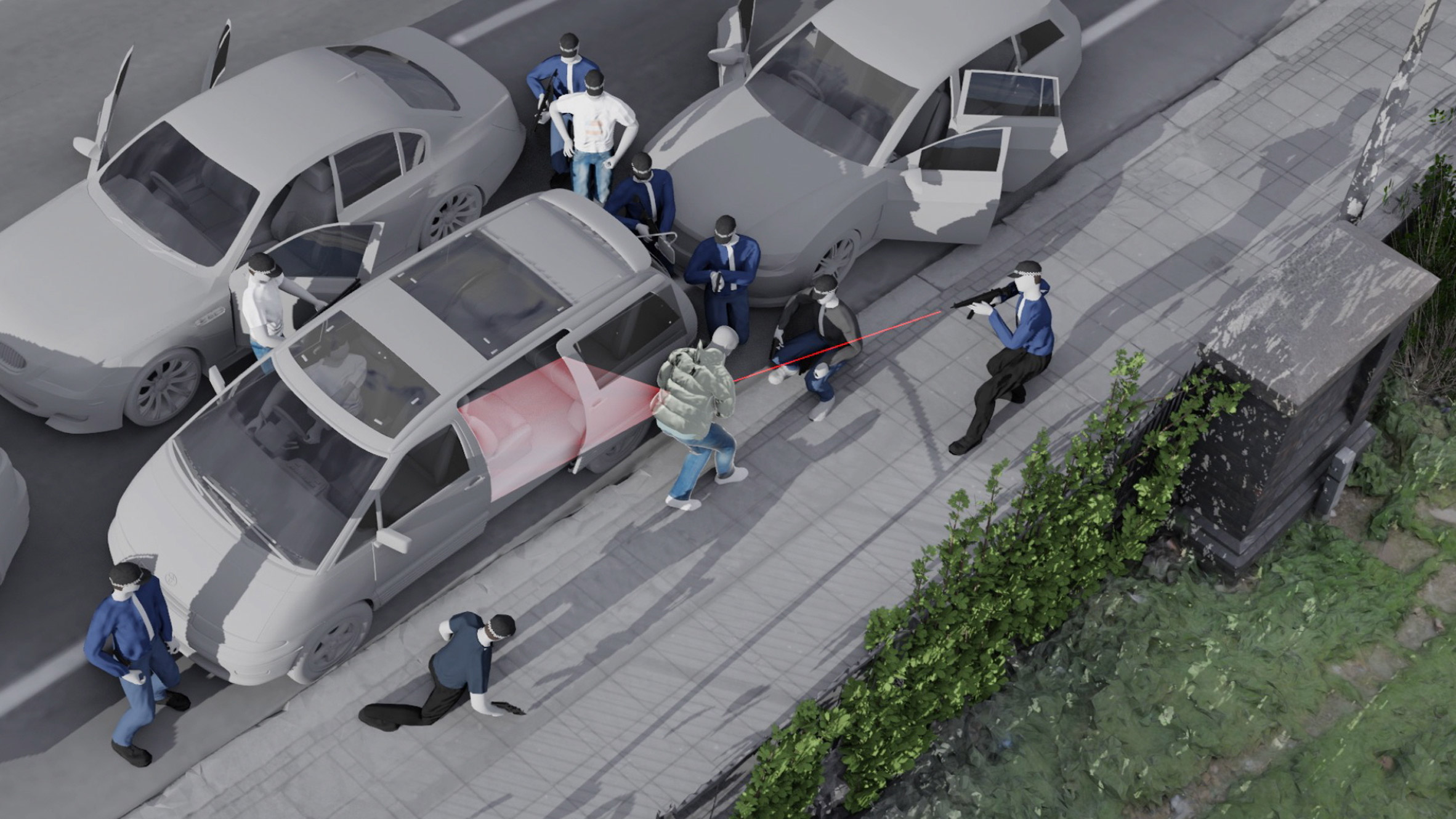
The FA report concluded it is very unlikely Duggan could have thrown the gun. The report also found a gap in the evidence that the IPPC missed where the police could have moved the gun from the vehicle to the grass after shooting Duggan.
Eight minutes passed between Duggan's death and the gun being declared as found on the grass.
Request made to reopen investigation
The Independent Office of Police Conduct (IOPC) told Forensic Architecture that it will read the report to consider whether to reopen the IPCC investigation.
"Our investigation demonstrates that independent civil society groups, empowered by new media technologies, are capable of holding the police and their oversight bodies to account," said FA founder Eyal Weizman.
"Events in the US and elsewhere show that this is more necessary than ever," Weizman added.
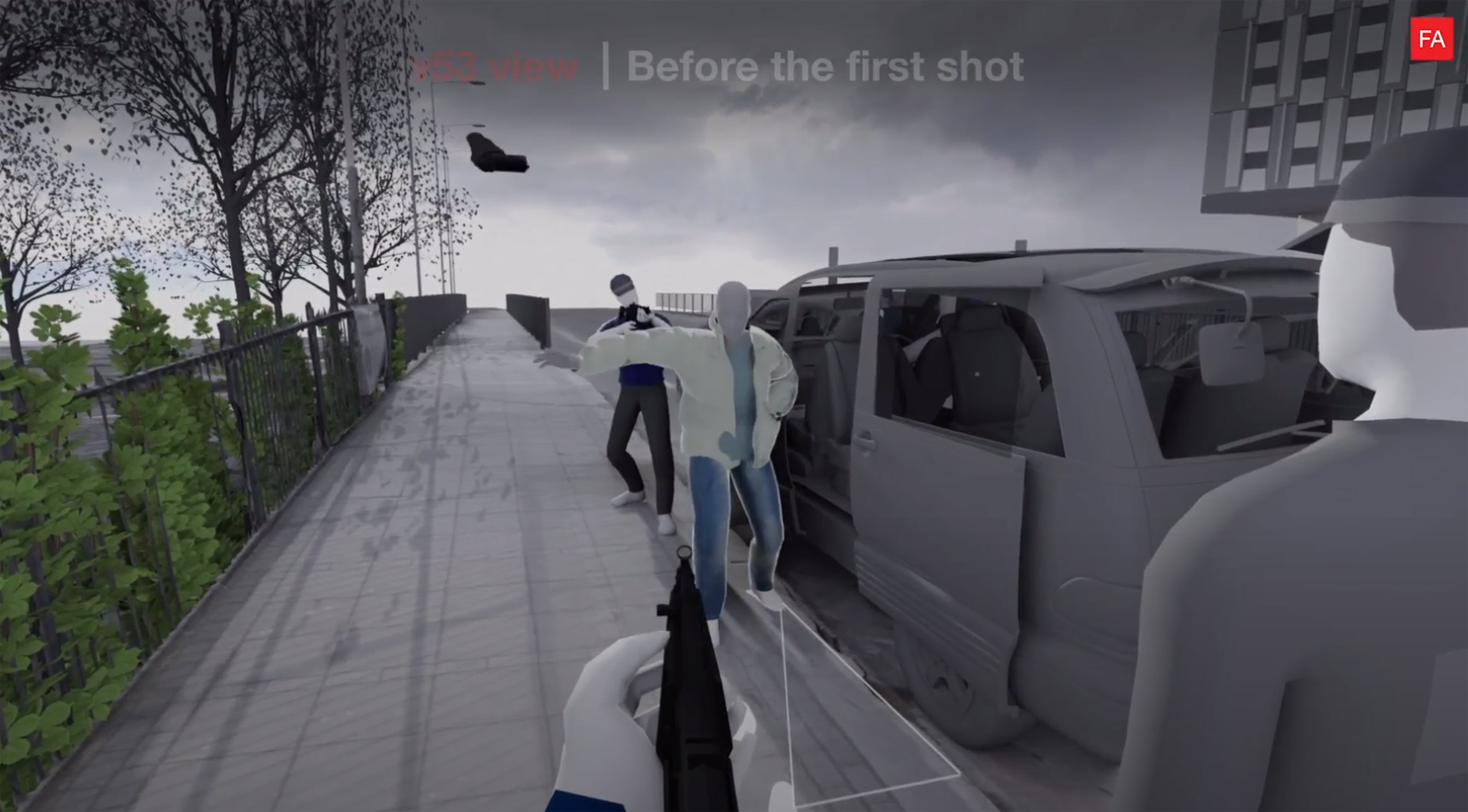
"As our work on police violence around the world has shown us, long histories of systemic and structural racism all too often become visible in the split-second actions of police officers, and in the subsequent efforts by the institutions around those officers to explain and justify their actions," said Weizman, who was made an MBE this year.
Attempt to determine how gun got to the grass
FA gathered the publicly available evidence for its report from the 2013 inquest into Duggan's death.
Three scenarios were modelled in a dynamic VR environment to examine how the gun could have got from a box in back of the minicab to the grass. FA's analysis found that the time that elapsed between Duggan exiting the vehicle and receiving the second shot was 1.5 seconds.
In the first scenario, Duggan threw the gun away before the officer fired the first shot, after they fired the first shot, or after the second shot was fired.
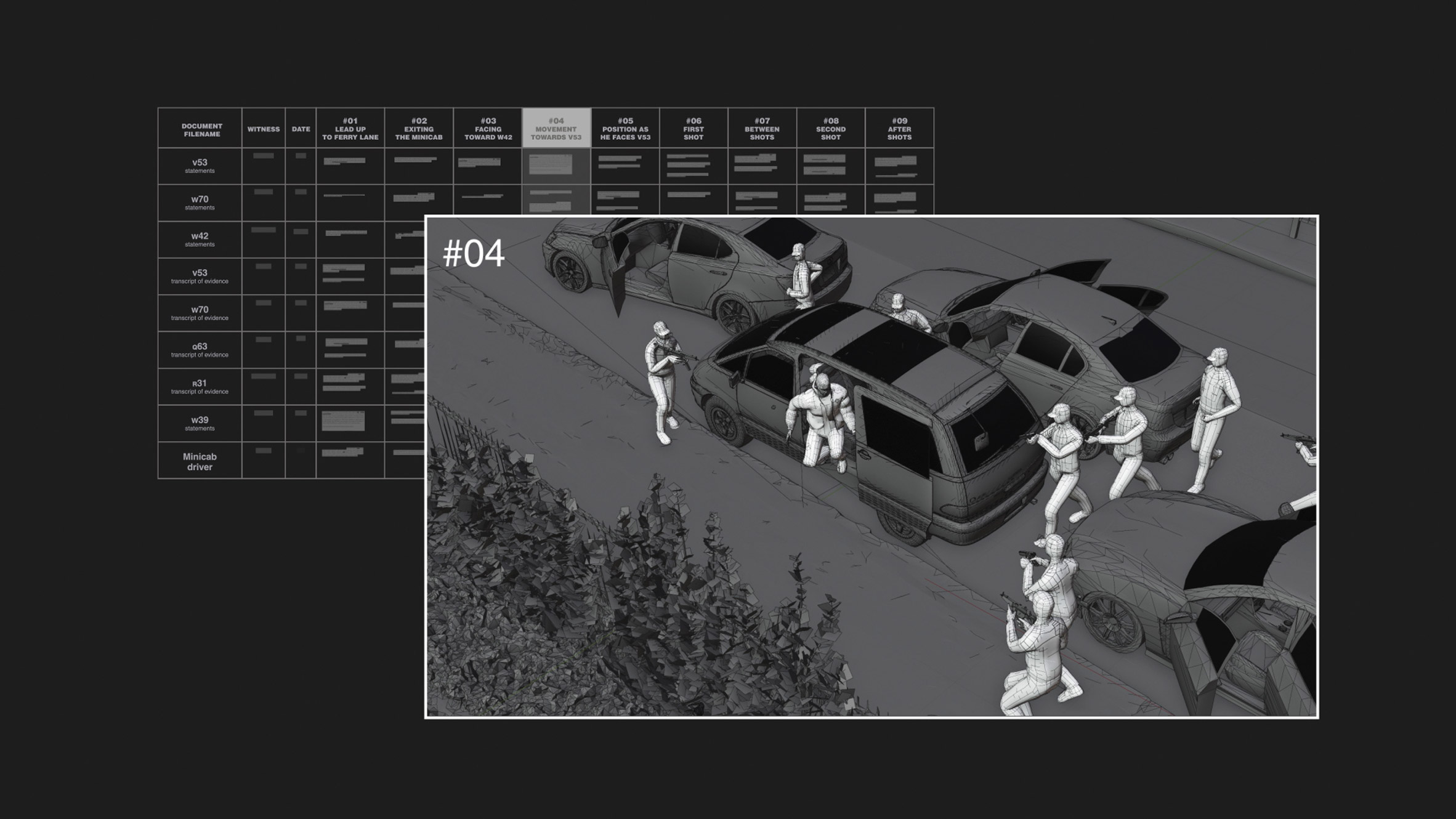
A second scenario is that Duggan threw the gun before he exited the minicab or as he came out of it. The third scenario is that police officers retrieved the gun from the back of the vehicle and placed it on the grass after the shooting.
FAused the pathology reports, forensic and ballistic evidence to reconstruct where Duggan was when he was shot and if he could have thrown the gun in any of the three versions of the first scenario.
They modelled the moments after the minicab was stopped by three police cars and compared it to witness reports to examine scenario two.
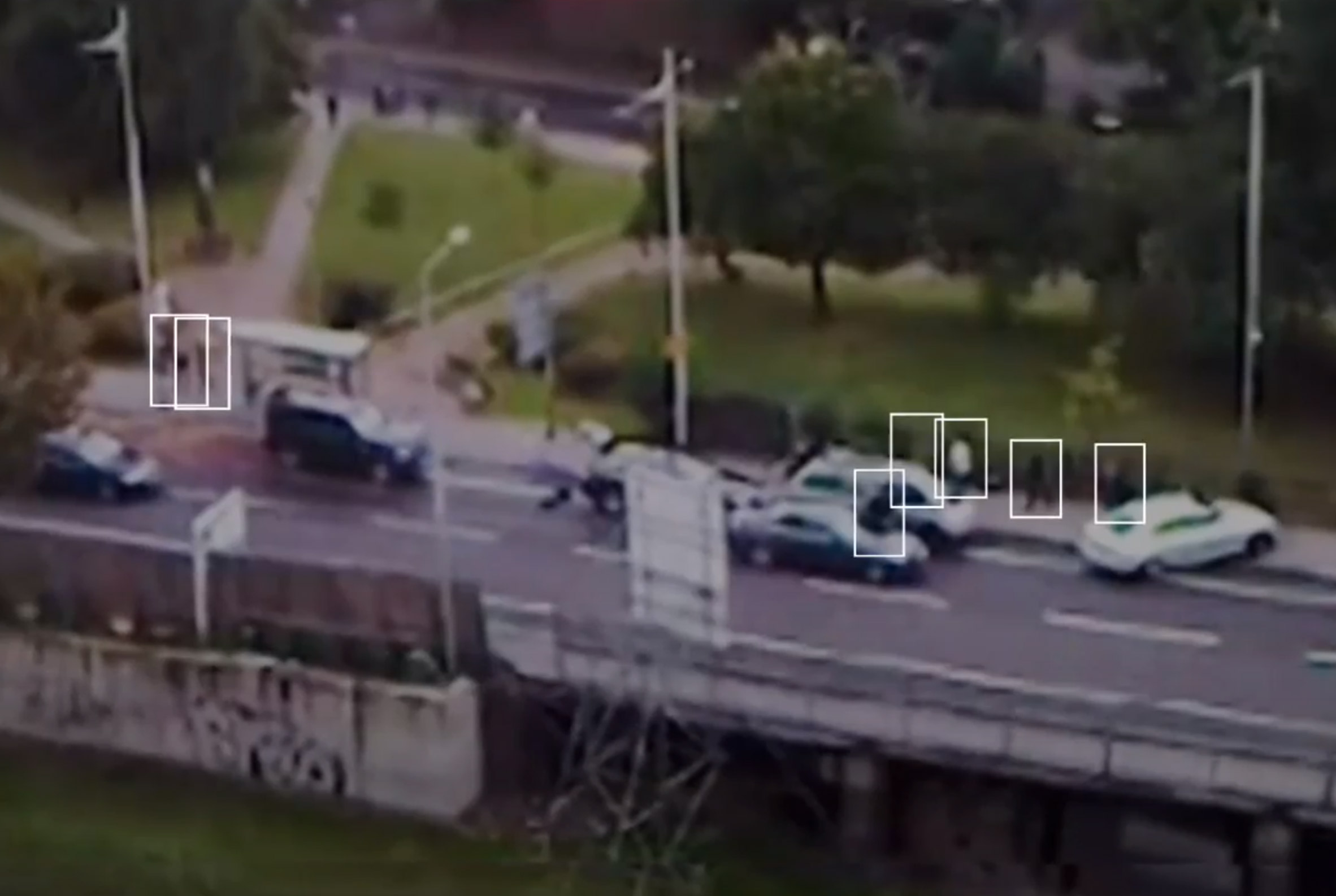
To explore scenario three, FA compared plans and models of the scene with video footage to identify blind spots and a "gap" where the gun could have been moved by police.
Throwing gun required big gesture
Modelling the first scenario, the report found that Duggan could not have thrown the gun away before or while being shot without the police seeing him do so. FA calculated that to throw the 1,050-gram gun seven metres he would have needed to make a large sweeping motion with his arm.
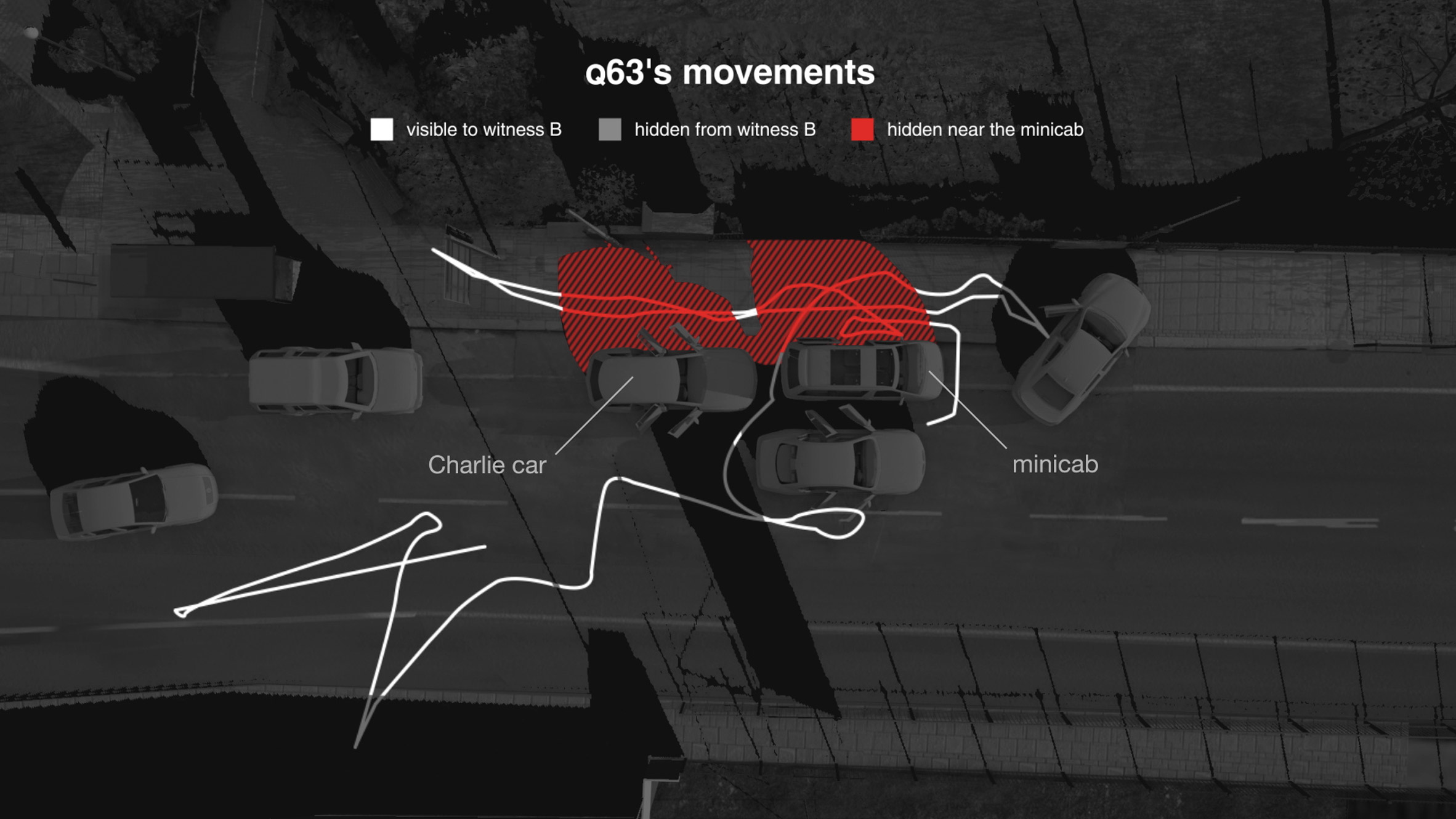
"The conclusion of the IPCC regarding the 'most plausible explanation for the location of the firearm' is not consistent with the totality of available evidence," said the report, adding it would have been "practically impossible" for Duggan to have thrown the gun after the first shot passed through his bicep.
FA's report found that for the second scenario to be true the police officers would have had to have missed seeing the gun leave Duggan's hand and fly across their fields of vision.
Using police training videos for performing the hard stop manoeuvre used by the Metropolitan Police that day, FA examined where the officers would have been when the gun was thrown.
"For this scenario to be correct, at least four officers would have to have missed the gun as it crossed their likely field of vision," said the FAreport.
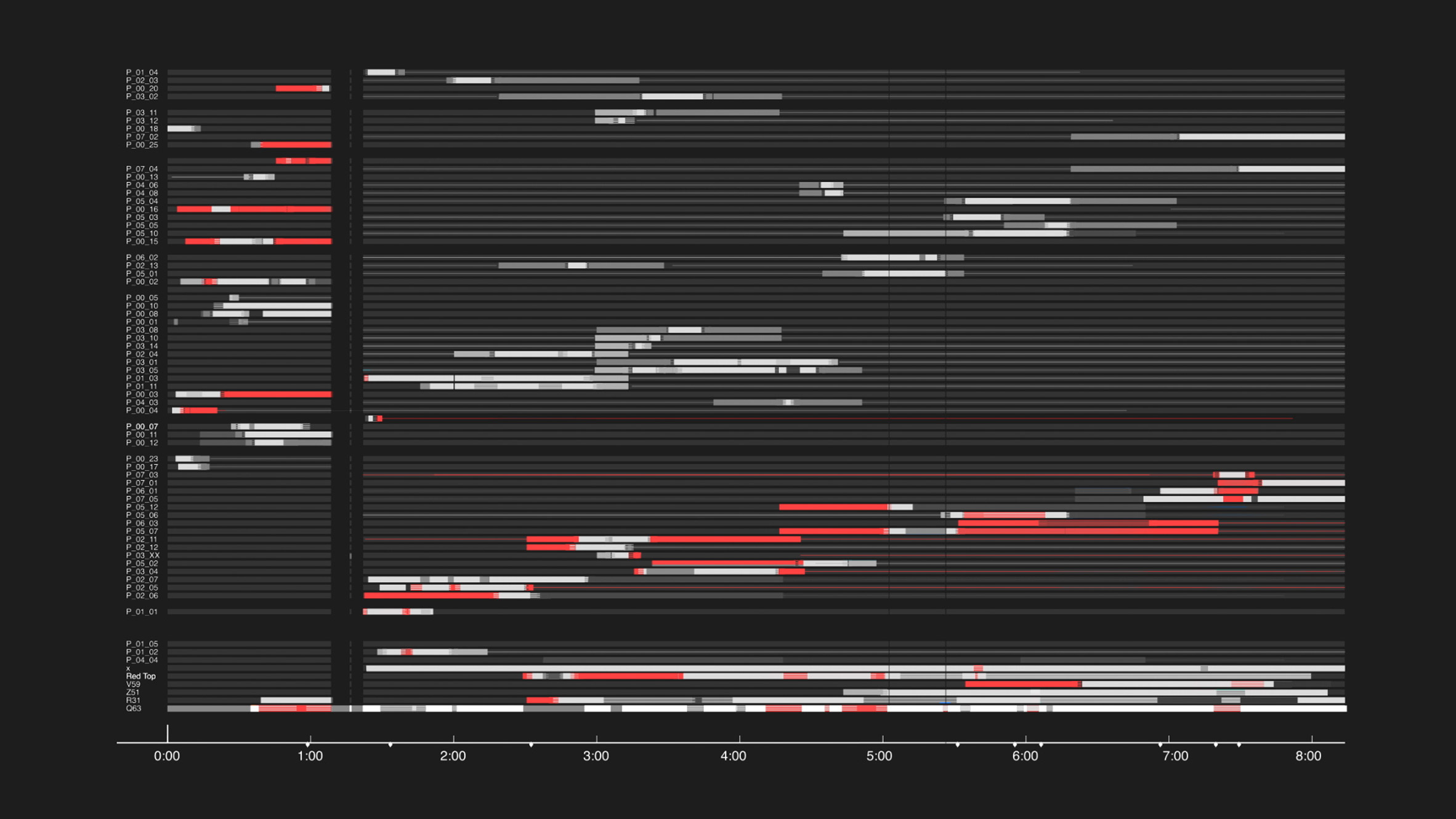
Finally, FA examined the six short videos filmed from a high rise by a member of the public following the shooting.
Blind spots found in witness video
The IPCC report claimed there was "no sign of any officer planting a firearm on the grass" in this footage. However, video analysis found that the gun would not have been visible in the footage, and there would have been significant blind spots created by the angle the video was taken from.
FA also produced a timeline for all the officer's whereabouts during the video footage and found a dozen moments where they could have been in the blind spots.
"The available evidence does not rule out the possibility that officers moved the gun to the location at which it was found, after Mr Duggan was shot," said the FA report.
Forensic Architecture uses architectural techniques to reconstruct events spatially. In September 2019 Forensic Architecture investigated the police killing of African American barber Harith Augustus in Chicago.
The research agency has also investigated the Grenfell Tower fire using a model made from witness footage, and created a digital reconstruction of a secret prison used by the Syrian regime to torture inmates.
The post Forensic Architecture uses virtual reality to question police account of Mark Duggan shooting appeared first on Dezeen.
https://ift.tt/3e51XWG
twitter.com/3novicesindia
No comments:
Post a Comment